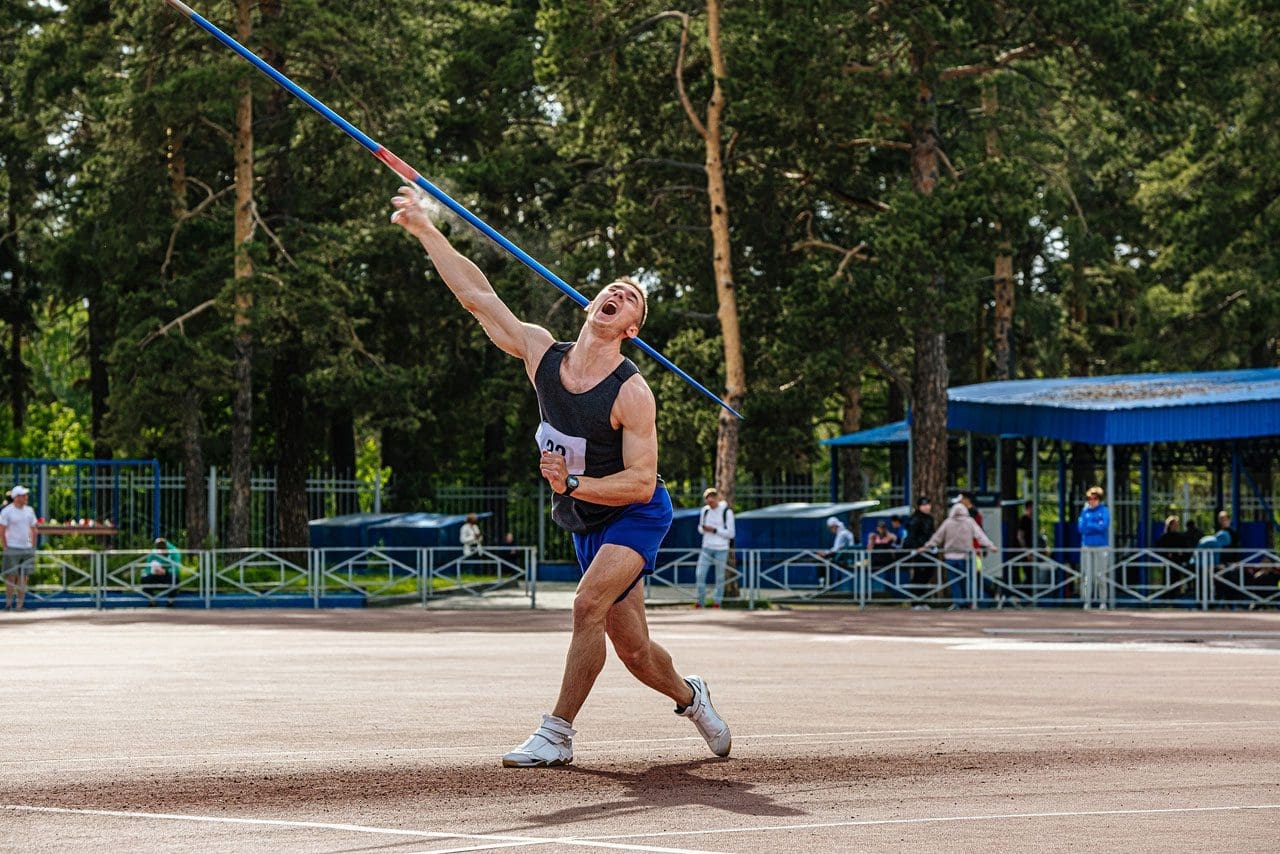The 2-Minute Rule for 4throws
Wiki Article
The Greatest Guide To 4throws
Table of ContentsFacts About 4throws RevealedThe Ultimate Guide To 4throws4throws Fundamentals ExplainedExcitement About 4throwsGet This Report on 4throws
Otherwise, the young pitchers might be more probable to have arm joint and shoulder injuries. It is usual for a train to "get" a bottle when the maximum variety of pitches has actually been tossed or if the video game scenario asks for an adjustment. If the bottle remains to play because game, he must be put at shortstop or 3rd base where long hard tosses are called for on an already weary arm.This mix results in as well lots of tosses and increases their threat of injury - Shot put. The most safe place is relocating to 2nd or 1st base where the throws are shorter and much less stress and anxiety is positioned on the arm. It is additionally important to know for how long to relax young bottles in order to enable the most effective recuperation in between trips
Bottles need to also ice their shoulders and elbow joints for 20 mins after throwing to promote recuperation. Body and arm exhaustion modification mechanics and lead to injury.
Any individual can throw a round "over-hand," however not everybody can do it well. While tossing a sphere shows up easy, it is really a complicated set of activities. Precise throwing with force or rate requires the entire body and not just the shoulder and arm. Every component of the bone and joint system is actually included.
Excitement About 4throws

(https://allmyfaves.com/4throwssale?tab=4Throws)The shoulder joint is included three bones, scapulae, clavicle and humerus. The head of the humerus hinges on the Glenoid fossa of the scapula where it articulates when the muscle mass of the shoulder agreement to move the arm. The head is held "versus" the glenoid surface through the 4 Potter's wheel Cuff (RTC) muscles, which act together and develop a pressure pair when the arm is moved.
The more the shoulder can be on the surface rotated while it is abducted, the higher the ball can be thrown with force and speed, supplying all various other body components and movements are in synch. If any type of element of these technicians is "off," an injury can happen to the shoulder or continue reading this arm joint that can bring about the inability to toss a ball.
It is the start of the throwing motion, preparing the "body components" for the act of throwing a round. Activity happens in the reduced extremities and upper body where the huge bulk of "power" to throw a ball is generated.
4throws Fundamentals Explained
This shoulder position puts the former top quadrant musculature on a "stretch" and prepares it to acquire forcefully when the arm starts to progress in the next phase of the throwing movement. The body begins to move on in the direction of its target throughout this phase. The lead shoulder is routed at the target and the throwing arm continues to relocate into severe exterior rotation.When the sphere is launched, the posterior quadrant musculature starts to contract eccentrically and violently to reduce and manage the rotational rate of the Humeral head. Theoretically, if the eccentric control of the Humeral head did not take place the arm would continue to rotate inside and "rotate" out of control.
4throws for Beginners
The last phase of tossing is the follow-through. This stage slows down all body movements and quits the forward motion of the body.
Throwing a sphere "over-hand" entails movement in all parts of the body. If the technicians are done properly, the sphere can be tossed with terrific rate and precision. If the body is educated correctly, the act of throwing can be executed repetitively without causing an injury to the tossing shoulder.

Paul Whatley, M.D. "When I was a youngster, baseball was just in the spring and very early summer, so children had a lot of time to recoup from any type of problems credited to recurring motions and stress and anxiety," he says. "Currently, in order to maintain up with everybody else, there is extreme stress for players to go from the spring season directly right into summer 'All-Star' tournaments and showcases, complied with by 'Loss Sphere.' There can be extremely little time for the body to recuperate from a sport where rep is the essential to developing the muscle memory for success.
4throws Fundamentals Explained
When this activity is done over and over at a high rate of speed, it places substantial stress and anxiety on the growth locations of the joint and the anatomical framework of the shoulder, specifically in the late cocking and follow-through stages. Due to this, some of the most usual injuries seen in baseball gamers affect the shoulder and arm joint.Report this wiki page